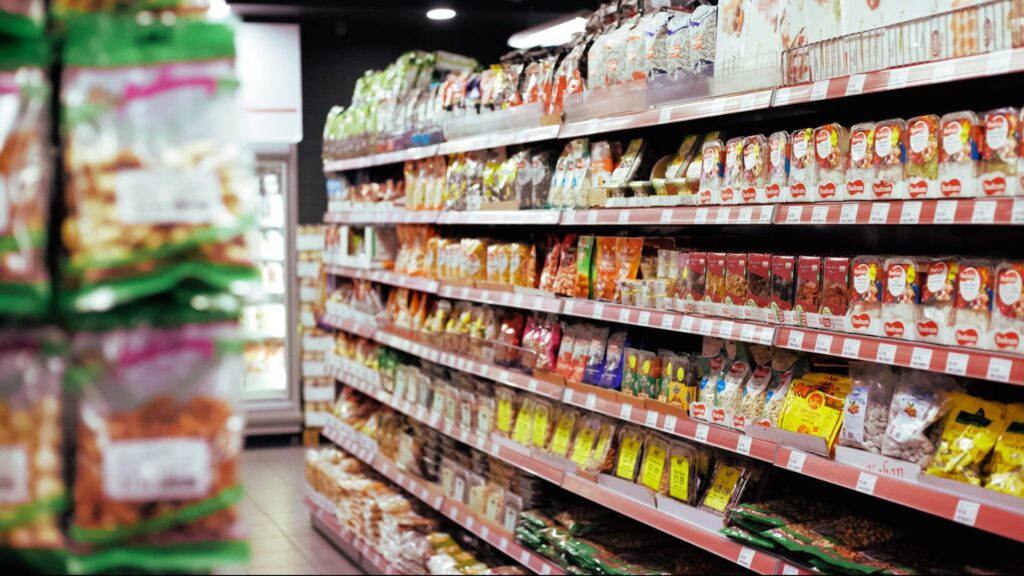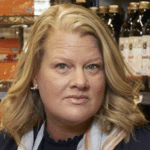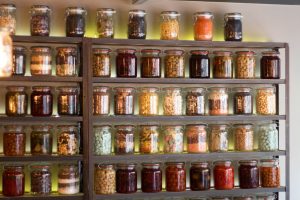Walk down any grocery aisle and it can feel like a gauntlet of misunderstood food labels – natural, organic, hormone free, and the list goes on. It’s difficult enough to get out of the store within a reasonable time, much less take the time to read every side panel and retain all the fine print.
They say it takes 10,000 hours to master a subject. If true, as a food journalist and author of the book, Eating Between the Lines, the shopper’s guide to the truth behind food labels (St. Martin’s Press), then I should have an honorary doctorate in label reading. To save you the headache, I’ve compiled three of the most memorable labels. In my next article, I will reveal three of the most ridiculous examples of food marketing labels gone awry.

Three Food Labels to Remember
Certified Organic
At the top of many shopper’s lists of questions is often whether to buy certified organic foods and is it worth the added expense? Before I answer this, let’s make sure you understand the meaning of certified organic. When unprocessed foods are labeled as USDA certified organic, they are grown and processed according to federal guidelines that address soil quality, animal raising practices, pest and weed control, and use of additives. If a farmer needs to get rid of pests or weeds or treat diseases in livestock, they must rely on USDA approved natural substances that act as pesticides or herbicides and employ physical, mechanical, or biologically based farming methods.
When the food is processed, the manufacturer may not use artificial preservatives, colors, or flavors and up to 95% of their ingredients must be certified organic. There are a few minor exceptions, for instance, some ingredients like baking soda in baked goods, pectin in jams or enzymes in yogurt are not certified organic.
All certified organic food may not contain genetically modified ingredients and food production is not limited to small or local farms. The USDA-organic standards are designed to support farms of all sizes and in all climates in the United States. There are other methods, such as pasture raised or permaculture that reflect another level of farming standard than certified organic.
So, what does this mean to you as the shopper? If a food is certified organic, it means that the soil, plant or animal is not subjected to commonly used pesticides, herbicides, antibiotics and/or hormones used in conventional food production. Overall, there are significantly fewer chemical inputs in the soil, which is a plus for the environment and wildlife. And, as consumers, our exposure to these various chemicals and drugs is also reduced.
Should you buy only certified organic foods? It’s largely a personal choice. For foods that children consume again and again, such as apples or potatoes, it is a good idea to buy those foods as certified organic to reduce exposure to unwanted substances. Children metabolize these compounds very differently than adults. For a complete list of which foods are more and least likely to contain pesticides residues, take a look at the Environmental Working Group’s Dirty Dozen and Clean Fifteen list.
Antibiotic Free
In livestock production, antibiotics have two purposes – they are used to treat diseases and they may be used at a sub-therapeutic level (smaller doses) in animal feed. This practice fends off certain common diseases and may quickly enhance the size of the chickens and pigs. Antibiotic use is particularly common in poultry, pork and farmed fish production. While it is never a good idea to let animals suffer from diseases, the overuse of antibiotics in food production contributes to a problem called antibiotics resistance. When humans eat foods exposed to antibiotics, those drugs pass from the food to our bodies and build up a resistance. This can be particularly problematic when you need an antibiotic to fight off a bacterial infection and the drug becomes useless.
Poultry, meats, farmed fish and shellfish labeled as free of antibiotic use or commonly labeled as “never ever,” have not been exposed to antibiotics at a treatment level or a subtherapeutic level. From a price perspective, these foods are often mid-priced, somewhere between the price of certified organic and conventionally raised.
Glyphosate Free
If you follow social and political commentary around food, you are well aware that the practice of genetically modifying foods is controversial. The science is used for a couple of different purposes: 1. To prevent damaging diseases to crops like papaya and, 2. to allow for the application of weed killers (called glyphosates) that do not kill the plants but do kill weeds, such as genetically modified corn. Glyphosates are the most widely used herbicide in the world.
In recent years, a troubling discovery was uncovered showing that some farmers spray their grains near the harvest date with glyphosates to dry out the grains. This allows for a faster harvest. While the scope of this article does not afford the space to delve into the pros and cons of the science of genetically modified crops, the practice of using weed killers on nearly harvested wheat and oats is troubling. The World Health Organization has declared glyphosates a carcinogen. And, there are other ways to dry grains that are safer and work just as well.
In response to this practice, a number of brands have begun to test their products for glyphosates and are labeling their products as such. In general, when you buy certified organic wheat and oats, which are prohibited from the use of glyphosates, the end product may contain none or only trace amounts of glyphosates. The organic grain may not always be completely free of glyphosate residue because the chemical easily adheres to water and soil from non-organic crops and travels through streams and irrigation water. However, by staying loyal to certified organic wheat and oat brands, you are significantly reducing your own exposure and the same for valuable farmland.
By paying close attention to these three food labels, you will be reducing your intake and that of your family to pesticides, herbicides and antibiotics.
About the author: Kimberly Lord Stewart is an award-winning food writer and author. She loves to cook for her family and friends. Despite a brown thumb, she enjoys growing food and flowers in her garden.






